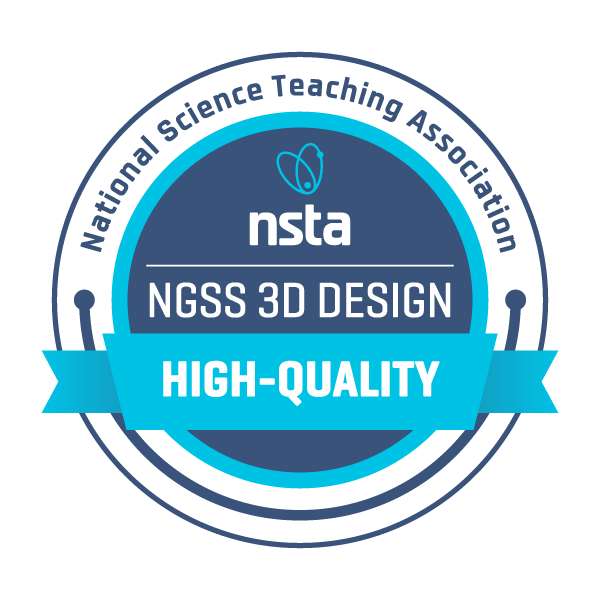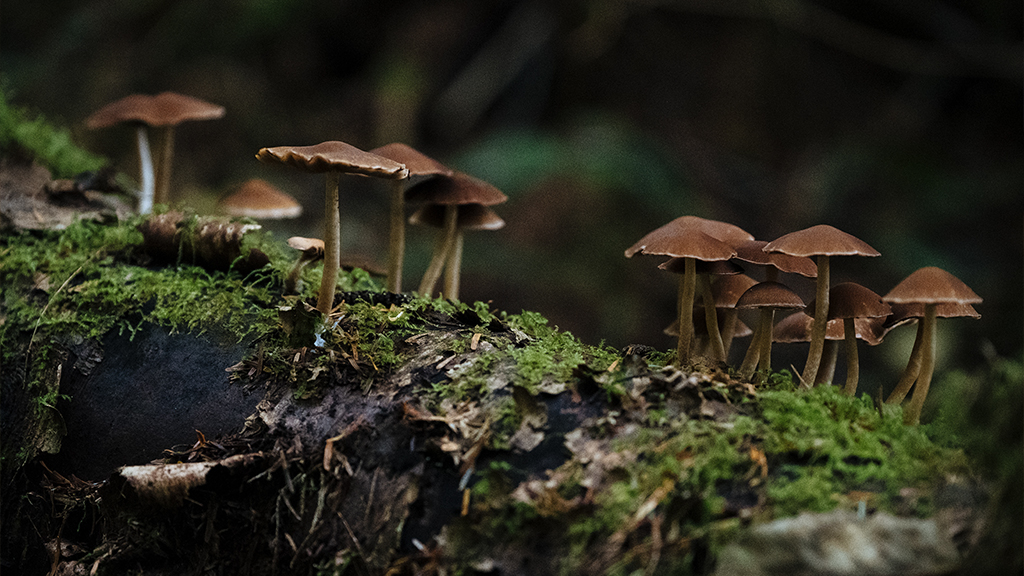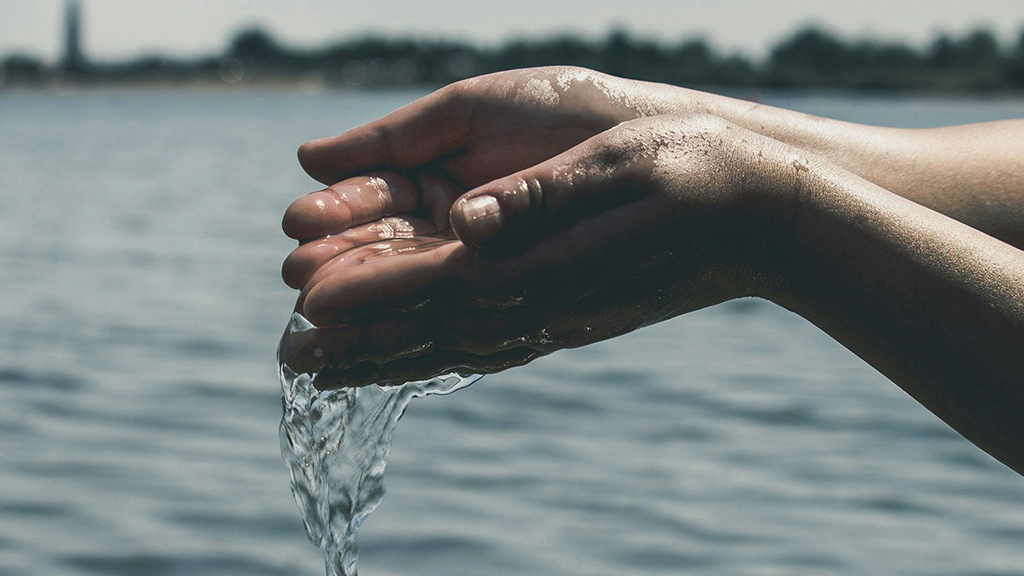Grade 5
NSTA EQuIP Reviews
The EQuIP Rubric for Science provides criteria by which to measure how well lessons and units are designed for the NGSS. This page houses NSTAs EQuIP Rubric Reports for Grade 5. Learn more about the review process.
5.1 Ecosystems & Matter Cycling
How does a nurse log help other things live and grow?
Developer | Score | Report | Awarded |
|---|---|---|---|
| OpenSciEd | Total Score: 9 E: Example of | Download Report (PDF) |  |
Unit Summary
Have you ever seen a fallen log in a forest? Have you wondered how plants could be growing on it or why animals might be visiting it? In this unit, students explore nurse logs to figure out just that. Students begin their exploration of nurse logs by considering how the plant life that grows on them gets the matter needed to grow. They plan, carry out, and evaluate investigations that provide them with evidence that plants get the matter they need to grow primarily from air and water and the energy they need to grow from the Sun. As students build their understanding of matter and energy transfer, they investigate how there are also many animals that live in, on, and around nurse logs. They model to explain the transfer of energy and matter between plants, animals, the nurse log, and the sun. Students figure out that decomposers are a vital component of the nurse log system. Finally, students consider how new species can disrupt that balance and flow of matter and energy, using the example of American bullfrogs that have been recently introduced to nurse log ecosystems.
5.2 Matter Properties
How can we make water healthy for all living things?
Developer | Score | Report | Awarded |
|---|---|---|---|
| OpenSciEd | Total Score: 9 E: Example of | Download Report (PDF) |  |
Unit Summary
Water is essential for all living things, leading many cultures to proclaim, “Water Is Life.” In this unit, students investigate natural water systems to determine whether they are healthy or unhealthy, considering different species' needs and exploring ways to improve water quality. Students begin by analyzing four water samples (Lake, Pool, Metallic, and Rain Water) and creating models to explain what might make them healthy or unhealthy. They observe properties to identify materials in the water and design a filter to remove visible contaminants. However, they realize that some unhealthy particles remain. To further purify the water, students explore heating methods. They test boiling and analyze second-hand data, discovering that boiling works for only one sample. They then investigate solar stills as another separation method, but the process proves slow. Looking at large-scale solutions, students research water treatment methods and experiment with adding substances to remove contaminants. Finally, students apply their knowledge of science and engineering to design solutions for a real-world water issue, with opportunities to address local concerns. Through hands-on investigation, they develop strategies to improve water quality for different purposes.
5.4 Sun, Moon, & Star Patterns
How and why does what I see in the sky change?
Developer | Score | Report | Awarded |
|---|---|---|---|
| OpenSciEd | Total Score: 9 E: Example of | Download Report (PDF) |  |
Unit Summary
Have you ever seen the Moon during the day or noticed constellations coming and going from the night sky? In this unit, students explore how our sky changes to understand patterns that communities worldwide have observed for centuries. These predictable cycles, used as culturally significant timekeepers, are caused by Earth’s rotation and the orbits of the Moon around the Earth and the Earth around the Sun. Students conduct investigations of shadow patterns, use graphical representations of data to reveal patterns, and research and compare sky objects at immense scales of size and distance. Students figure out causes for the patterns they have observed in the apparent movement of the Sun, Moon, and stars in the sky. They figure out that the Sun is a star and that some constellations are seasonal while others are visible year-round. By the end of the unit, students have developed evidence-based arguments and models from multiple perspectives, connecting their findings to their initial questions and gaining a deeper understanding of Earth’s place in the universe.





